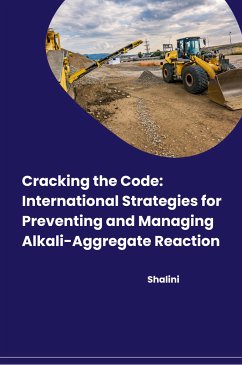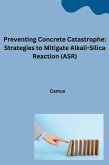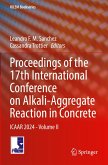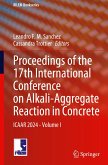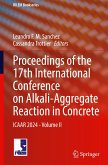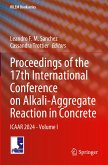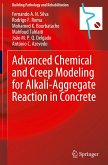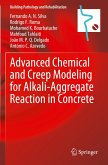"Cracking the Code: International Strategies for Preventing and Managing Alkali-Aggregate Reaction" dives into the world of Alkali-Aggregate Reaction (AAR), a complex issue that causes concrete to crack and deteriorate. This book likely explores international strategies for preventing and managing AAR in infrastructure projects. It might delve into the scientific causes of AAR, how different countries identify and test for susceptible rocks, and the best practices for using alternative materials or mitigating the reaction. Expect international case studies showcasing successful strategies to prevent AAR disasters and ensure long-lasting concrete structures.
Bitte wählen Sie Ihr Anliegen aus.
Rechnungen
Retourenschein anfordern
Bestellstatus
Storno

